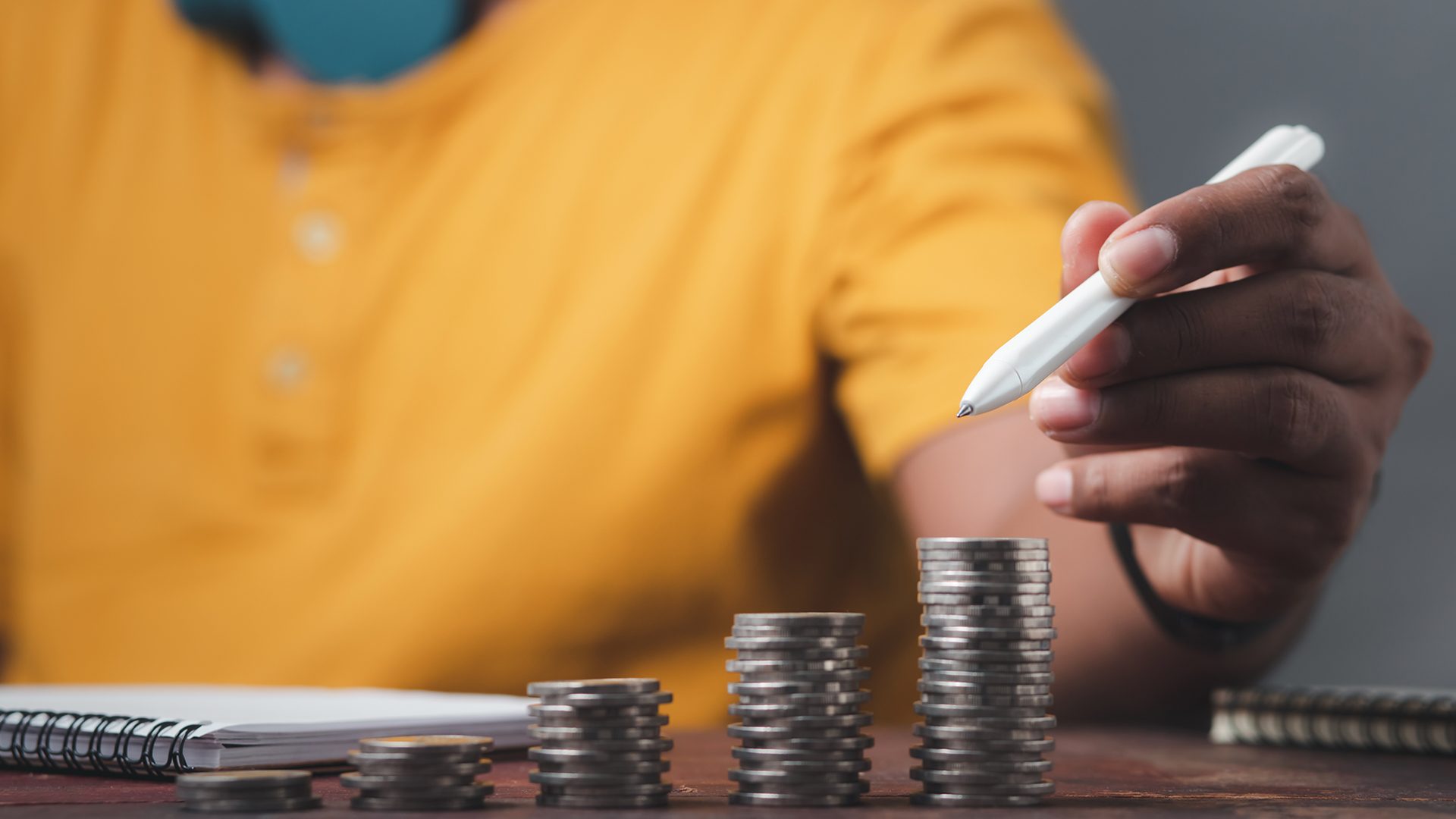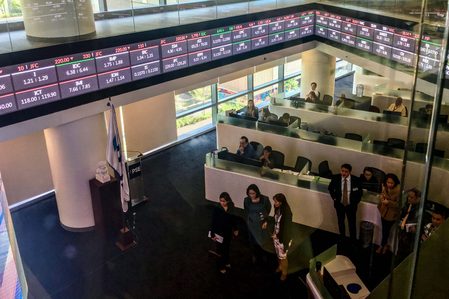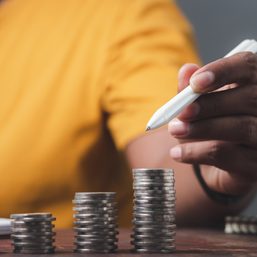SUMMARY
This is AI generated summarization, which may have errors. For context, always refer to the full article.

MANILA, Philippines – If you’re looking to invest in today’s uncertain economy, there’s probably one question on your mind: Where do I put my money?
The choice of financial instruments may seem endless, but a good strategy would be to zero in on a familiar type – like a fund – and then find which one gives the best risk-adjusted return.
Generally, funds work by pooling the money of investors and then having expert fund managers put that into investments that increase in value, or that generate returns. The portfolios of these mutual funds or unit investment trust funds (UITF) can have everything from stocks, bonds, and foreign currency. (READ: EXPLAINER: How mutual funds and UITFs make investing beginner-friendly)
So, which are the best funds? The Chartered Financial Analyst (CFA) Society Philippines picked through 86 funds from 16 investment houses, trust institutions, and banks to find out which ones give the highest risk-adjusted returns.
Here’s CFA Society Philippines’ “Best Managed Funds of the Year” list for 2023.

Medium-term bond funds. These are bond funds with a maturity duration up to five years and that use fair value profile and loss valuation (FVPL).
- Best peso medium-term bond – China Bank Intermediate Fixed Income Fund
- Best dollar medium-term bond – AUB Gold Dollar Fund
Long-term bond funds. These are bond funds with a maturity duration greater than five years and that use FVPL.
- Best peso long-term bond – RCBC Peso Bond Fund
- Best dollar long-term bond – China Bank Dollar Fund
Equity funds. These are funds investing mostly in stocks or shares of companies. Only actively managed funds were considered.
- Best peso equity fund – PNB High Dividend Fund
- Best dollar equity fund – Sun Life Prosperity World Voyager Fund
Balanced funds. These are FVPL funds that invest in a diversified portfolio of bonds and stocks, with stocks only making up a maximum of 60% of the fund.
- Best peso balanced fund – BPI Odyssey Diversified Balanced Fund
What makes a fund good?
To understand this list, we first have to understand what an investor should look for in a fund. In its most straightforward sense, investing is about maximizing returns, or the amount you can gain from a given financial commitment.
But in practice, it’s never just about how big those returns are. You also have to consider the balance between returns and the risks taken to achieve them. In short, how much risk was shouldered to reap a particular reward?
Imagine you invest in two funds: one that invests in bonds from stable and reputable companies and another that invests in promising tech start-ups. At the end of the year, your investment in the bond fund goes up 6% without fluctuating too much.
Meanwhile, the money that you put in the other fund experiences a lot of volatility – which means the value of your investment is constantly swinging, both up (the good kind of volatility) and down (the bad kind). But at the end of the year, you get a 8% return from the start-up fund.
Which one’s better? If you compare only the returns, the start-up fund seems superior. But when you use a risk-adjusted return – like the Sharpe ratio or Sortino ratio – you might find that the 6% steady return with minimal risk offers a better risk-adjusted return than the volatile 8% return. You may get a smaller return, but you take on less risk (and also less stress) in the process.
In other words, when you use risk-adjusted returns, you don’t merely ask, “How much did this investment yield?” but rather, “Given the risks taken, was this yield worth it?”
How do you pick the best?
According to CFA Society Philippines, it measured the Sortino ratio of each fund based on its five-year and three-year track record.
The Sortino ratio is a measure of risk-adjusted return that looks at how well an investment performs relative to its downside volatility – the bad kind of volatility. An investment with a higher Sortino ratio means that you’re getting a bigger return for the amount of bad risk you’re taking on.
“We put the investors first by awarding funds that provided the best risk-based returns on a consistent basis over a five-year period. This performance and consistency is important for investors who put their hard earned money in the hands of their fund managers for their future,” said CFA Society Philippines president and chairman Robert Ramos.
Although investing in funds with proven consistent high returns is a good place to start, it always comes with risk. It’s always best to start with a fund that focuses on something that you’re already familiar with, be it stocks or bonds. Keep in mind too that your return may vary, and there’s no guarantee that fund managers can constantly beat benchmarks like the Philippine Stock Exchange Index.
– Rappler.com
Add a comment
How does this make you feel?


![[Finterest] Is a digital bank safe, and how can you best use it?](https://www.rappler.com/tachyon/2024/05/digital-banks-safety-may-11-2024.jpg?resize=257%2C257&crop_strategy=attention)
![[Finterest] End to petsa de peligro? How earned wage access can help you avoid loans](https://www.rappler.com/tachyon/2023/01/shutterstock-digital-money-lending-app.jpg?resize=257%2C257&crop=308px%2C0px%2C720px%2C720px)
![[Finterest] What exactly does a bank do, and how can they help you?](https://www.rappler.com/tachyon/2022/09/shutterstock-philippine-peso.jpg?resize=257%2C257&crop=329px%2C0px%2C900px%2C900px)
![[Finterest] Financial and travel scams to watch out for this Holy Week 2024](https://www.rappler.com/tachyon/2024/01/priest-scammed-january-27-2024.jpg?resize=257%2C257&crop=395px%2C0px%2C1080px%2C1080px)
There are no comments yet. Add your comment to start the conversation.